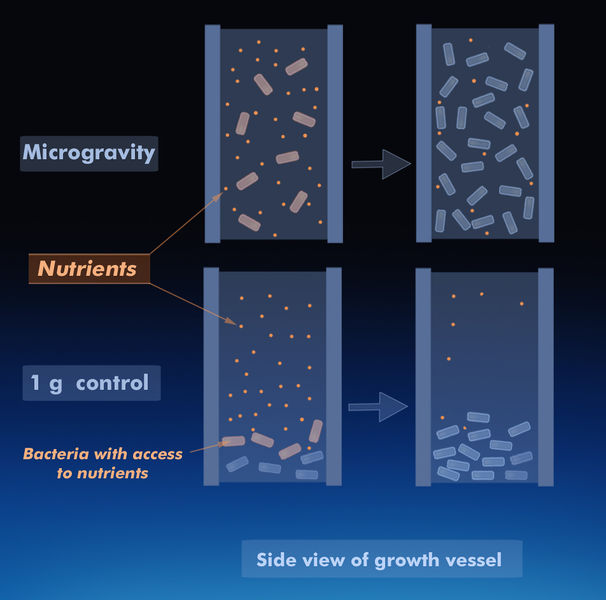Bacterial growth and it’s resistance to antibiotics in micro gravity.
Staphylococcus intermedius (this is the bacteria they used): It originally come’s from the nasal cavity of a pigeon, dogs, foxes, and horses. It’s a gram positive bacteria which means it has a thick cell wall of protein called peptidoglycan. Beneath the microscope they are round and form in clusters. staphylococcus intermedius is one in many 40 species of its type. It normally lives on the skin and in the mucus of humans and other organisms. staphylococcus can cause one in many diseases in the human

Staphylococcus under the microscope
Ciprofloxacin: it is used to fight different bacterial infections in the body. It is also used to treat infections. It can be used in tablet or liquid injection form.
Bacterial growth in micro gravity:
In space more layers of bacteria are exposed to nutrients causing more reproduction. In micro gravity the cells have no density enabling greater spatial freedom for replication and nutrition out take which increase the amount of bacteria that is produced. The bacterial growth rate increases rapidly in space.

Project Questions:
who: Grade 10 and 11 of Valley Center High School students, Jeff Tracey science teacher and the co-principal investigators: Garrett Chandler, Wesley Crow, Cole Klinkhammer, co-investigator Logan Burks and Samuel Sheahan.
Where: Valley Center High School, Kansas
When: January 9, 2014 at 10:42am ET. They sent mission B up to space.
Why: To see the effects of Microgravity on bacterial growth and it’s resistance to antibiotics.
what: They sent there experiment up to space. To see what the results would be.